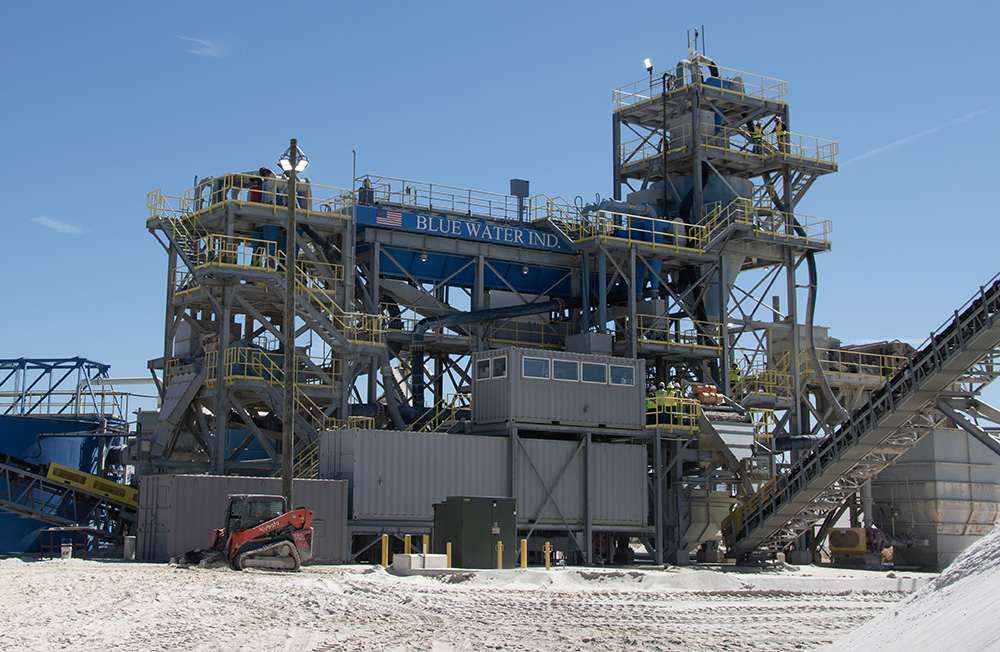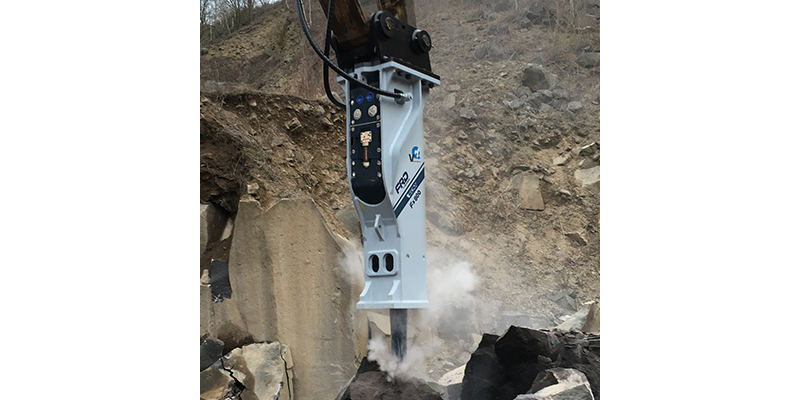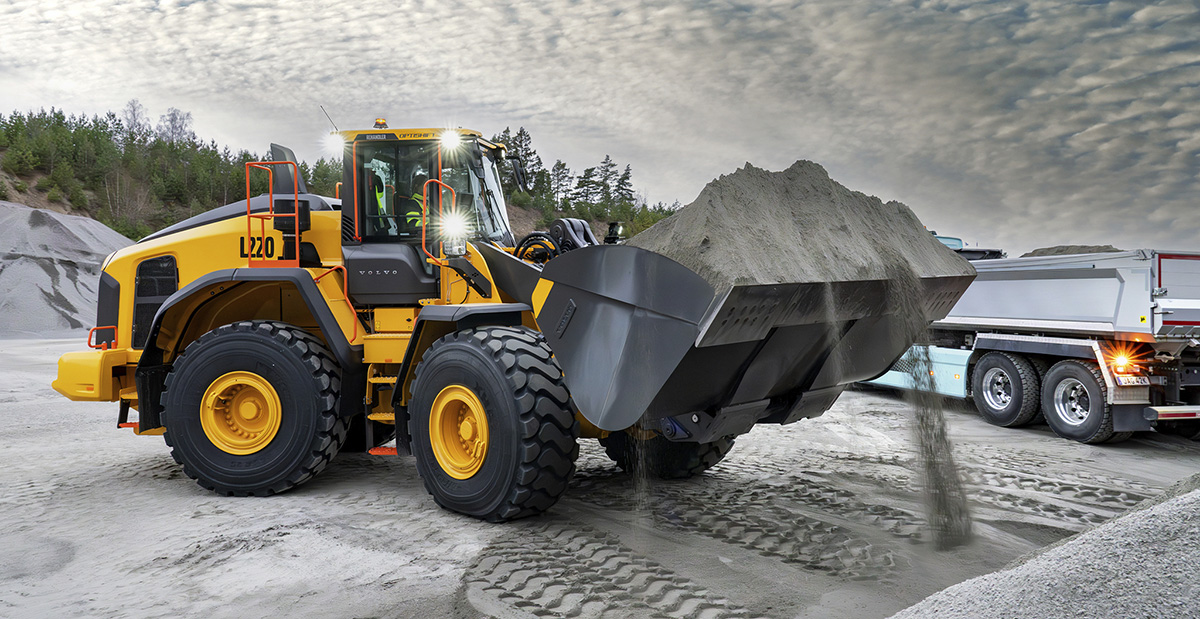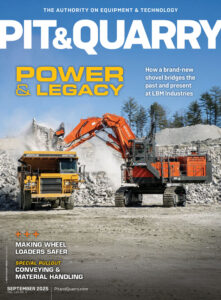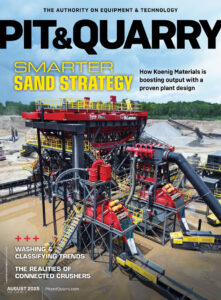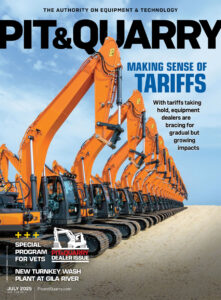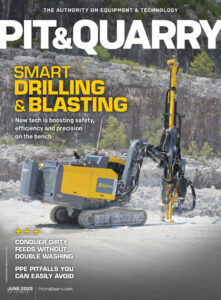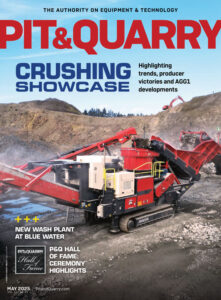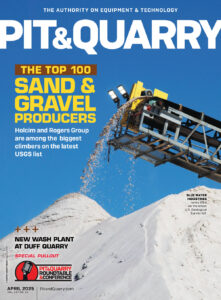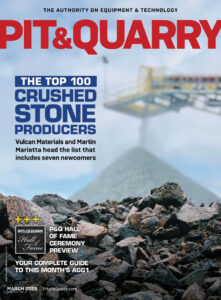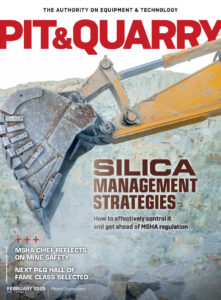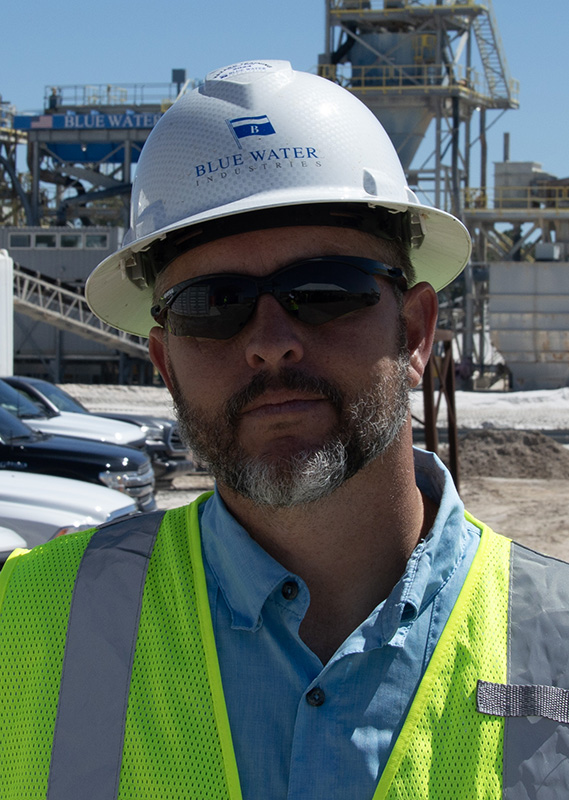
Steve Tillquist has been around wash plants since he was a teenager.
Technology, however, has advanced considerably since he followed his dad into the industry more than 20 years ago. The two-and-a-half-year-old wash plant at Blue Water Industries’ Cypress Sand site in Davenport, Florida, is a testament to that.
“I was used to plants that had classifiers and screws,” says Tillquist, operations manager of sand mines at Blue Water. “They lost a lot out the back. We don’t have that over here.”
As Tillquist describes, somewhere between 95 and 98 percent of Blue Water’s sand yield at Cypress Sand passes through the plant.
“It’s predictable and controllable with the equipment we have,” he says.
The equipment ultimately selected was customized alongside McLanahan Corp., which hosted an open house with Blue Water in March to showcase the wash plant to the industry. Leaders from both companies detailed during the event how many of the plant’s components were selected for specific reasons, sharing how some equipment is particularly integral to the plant’s performance.
“We typically range between 300 to about 600 tph,” Tillquist says. “There’s 2 million tons a year flowing out of this plant. We run this 24/7 on this site.”
Difference-making concepts
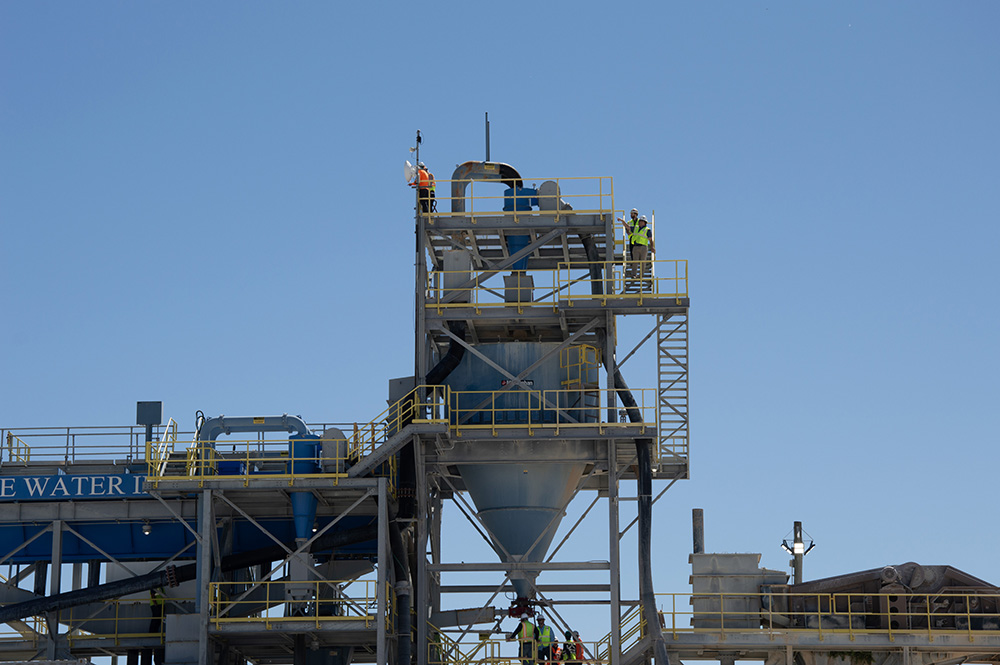
With Cypress Sand permitted in 2020, Tillquist says Blue Water began operating there at the end of 2022.
Along the way, however, company leaders explored their wash plant options with a variety of manufacturers specializing in this area. McLanahan presented a special concept whereby Blue Water could achieve its highest retrievable yield.
“With my prior knowledge of being around so many sand mines in the past and seeing that their loss is always overflow somewhere batching tailings, I wanted to retrieve as much as I could and give it a final wash through the ultra-fines recovery unit,” Tillquist says.
Among the components McLanahan built into Blue Water’s Cypress Sand plant are a Hydrosizer, a sand classifying tank, dewatering screens, cyclones and separators, and Ultra Sand Plants.
McLanahan’s Dylan Heath describes the Hydrosizer as a difference-maker, addressing a feed gradation issue the operation faced.
“The issue they ran into with their feed gradation is that they had a lack of the coarse material that they needed to produce the specs they wanted,” says Heath, who serves McLanahan as sales manager of C&D recycling. “The Hydrosizer makes a very efficient 30-mesh cut. By utilizing the Hydrosizer, we were able to maximize the recovery of that plus-30-mesh fraction.”
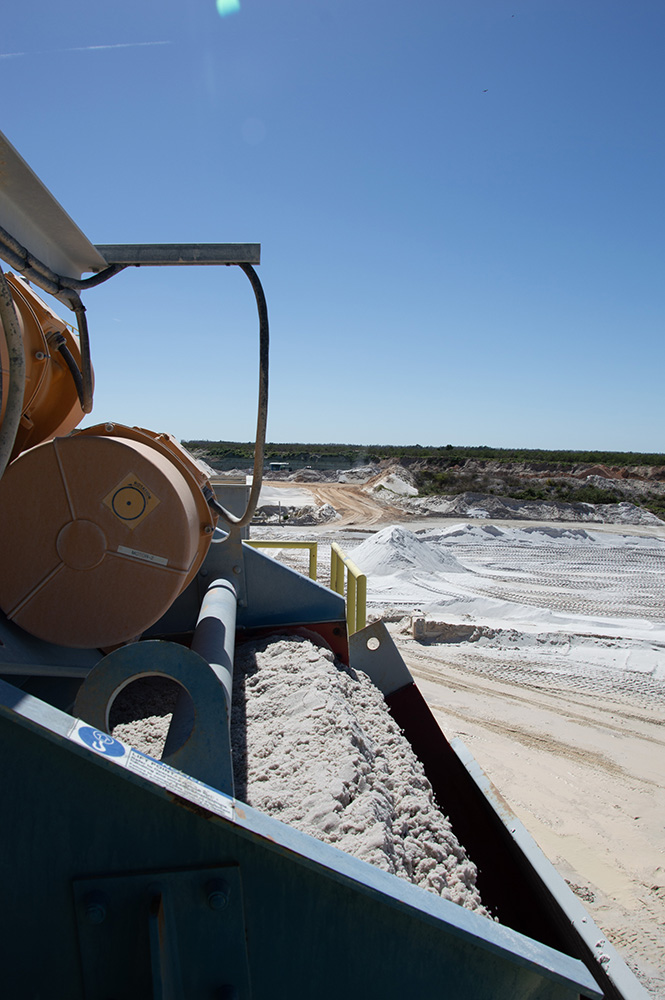
According to Heath, the Hydrosizer separates material either by size or density. He says all the material at Cypress Sand is of the same density, so the aim is to separate material by size.
“Material comes into the top of the Hydrosizer into a feed well, which disburses that material across the diameter of the tank,” Heath says. “We inject some water in the center of the tank, and that creates a rising current. Based on the size of the particles that are in there, they’re either going to bite that current and settle, or they’re going to float over the top.
“When the Hydrosizer is operating, you have different zones,” he adds. “Coarse particles at the bottom, fine at the top and at the center you have an area where they’re deciding which way they’re going to go.”
Tillquist agrees the Hydrosizer is critical to Blue Water’s process in that it makes the gradation separation. The thickener is another component he values.
“We don’t have to worry about as much pond management,” he says. “Also, your thickener really shows you when you have a hiccup in your plant. Once you get some sand going to your thickener, you know another part of your plant is not performing the way it should. It’s kind of a little bit of a pain because you obviously lose production, but at the same time it’s starting to identify that production loss for you.”
To Heath, the plant’s sand classifying tank is another key component.
“It takes the minus-30 mesh material and it can split it into three products,” he says. “You can blend that back with your coarse and maximize your yield.”
Replicating the plant
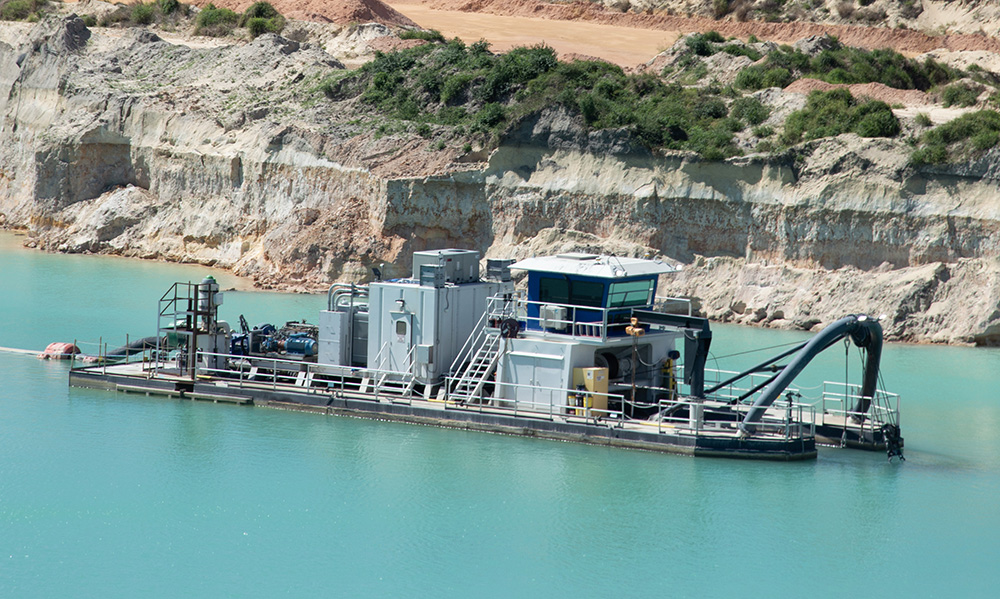
Blue Water’s custom wash plant has performed so well in its short time that the company already replicated it at the Lisbon Sand site in Leesburg, Florida.
“We copied it,” Tillquist says. “It operates the same, with the same exact feed and tons per hour. We actually like the plant so much and realize the yield that we’re getting out of it is so high that we’re getting set for a third plant that we’re starting to build.”
While the equipment in the plant is somewhat different than the kind Tillquist first experienced on the job years ago, he realizes that the concepts applied throughout the plant contribute to better production.
“My guys have caught on to the concept, even though it’s different from anyone else in the industry,” Tillquist says. “At the end of the day, it’s just sand and water flowing through the right parts. The biggest thing is making sure you line your equipment correctly and put good paint on it so it stays really good and performing.”
Related: Blue Water Industries’ Baker takes over as NSSGA chair

